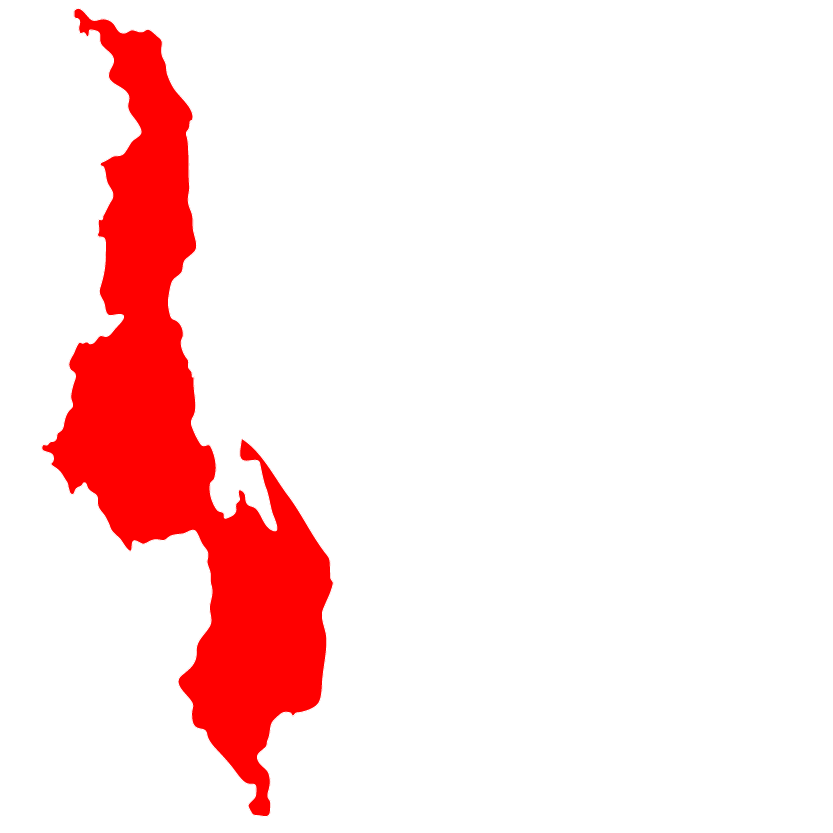From September 25 to 26, 2025, Severe Tropical Storm Bualoi (locally known as Typhoon Opong) made multiple landfalls across the central regions of the Philippines. The storm made landfall first in the province of Eastern Samar (Region VIII), then twice in the province of Masbate (Region V), twice in the province of Romblon, and finally once in Mindoro Oriental—both Romblon and Mindoro Oriental are part of MIMAROPA region (Region IV-B). With maximum winds of up to 110 kilometers per hour (68 mph), the storm devastated the provinces, causing electricity poles to collapse, trees to be uprooted, and damage to infrastructure and households, along with destruction of agricultural livelihoods due to floods.
STS Bualoi (Typhoon Opong) is the 15th tropical cyclone that entered the Philippine Area of Responsibility (PAR) and the fifth one for September 2025, following Super Typhoon Ragasa (Nando) just three days after, which had a wind force of 115 to 143 miles per hour (185 to 230 kilometers per hour) that made landfall in the northern portion of Luzon, and Tropical Depression Mitag (Mirasol), which also made landfall in the eastern part of Central Luzon, specifically in Region III.
Prior to these typhoons, the Philippines was already experiencing unrelenting rains and floods caused by the southwest monsoon.
Based on the initial assessments from local partners, the NCCP plans to respond to the immediate needs of the communities through emergency food relief and multi-purpose cash assistance, through the Ecumenical Disaster Response and Management Committees of the local ecumenical formations and local church members. This will be implemented as early as possible. The response will target farmers, fishers and indigenous people in the affected communities.


